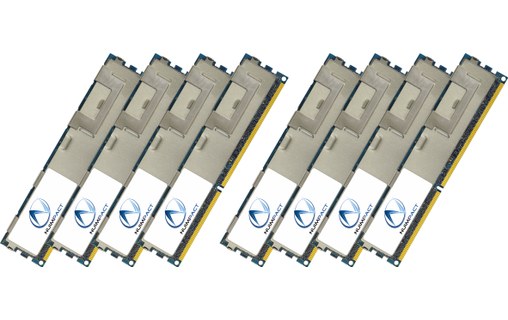

So you're trading an imaginary upside for a real downside. Lastly, if you compare the 2 chips you linked you'll notice that the 1333 memory has a CAS latency of 9, while the 1066 has a lower (better) latency of 7. This is why I advocate sticking as closely to the specs as possible.Īs to the advantage of possibly installing the RAM in a future computer, in 2 years you'll probably be able to get twice the RAM for the price (and be wanting to install twice the amount too.)

You can find similar stories all over Apple forums. However it can cause problems one example from the Apple Support Forums.

More often than not your mac will accept higher speed RAM. There's no benefit in going with faster RAM because the speed is limited by what your motherboard supports (the early 2009 iMac has a 1066 Mhz frontside bus.) In theory the faster RAM should be able to work at the lower speeds and should be safe to install, however macs do tend to be fussy when it comes to RAM so I would recommend sticking to the RAM recommended in the system specs.


 0 kommentar(er)
0 kommentar(er)
